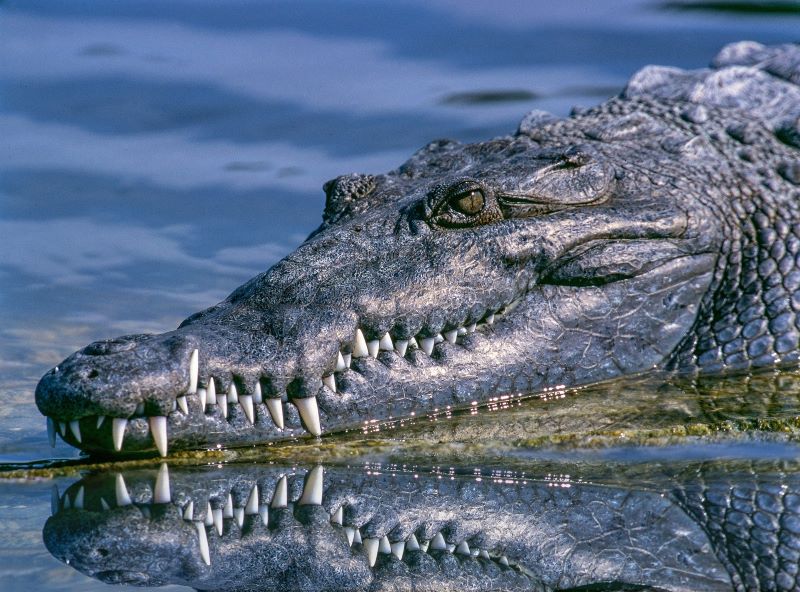As a science book writer, I am asked to speak at schools and libraries about my favorite subject: reptiles. I often use props to help people visualize the facts I present. For instance, an iguana egg is about the size of a marshmallow. So, I bring a bag of marshmallows to use and, when allowed, for the kids to eat. The last time I spoke, one bag didn’t get used and the soft puffs got hard. These hard marshmallows brought back a memory from my childhood involving alligators on Sanibel Island, FL.
When I was a child, people in the park gathered at a bridge to feed marshmallows to the local gators. It was not well understood then how we were affecting the local alligators’ behavior. We know now how bad it is to feed wild animals. Not only is the food not good for them, they lose their fear of people and become “problem” animals. Simply relocating them doesn’t usually work, because they are plopped down in the middle of another’s territory and a moved individual can be killed by its own kind already there.
But back to my story about feeding marshmallows to alligators. The only marshmallows Mom could find in the trailer was a forgotten bag way back on a shelf. The usually fluffy confections were rock hard. But we were going to throw them in the water and gators have a bite strength of 2125 pounds per square inch, so a hard marshmallow should be no problem, right? I soon joined the other feeders tossing the treats into the water. Their marshmallows bobbed until a gator stealthily approached, snatched it rapidly, submerged, and re-emerged a short distance away, waiting for the next one. Several gators took turns gobbling down the sugary snacks.
Until they got to my marshmallows. A gator approached, quickly bit down on one and submerged. Suddenly, the water erupted with thrashing. The marshmallow was released . . . unscathed. The gator swam away. This happened again and again until all the gators failed at damaging my marshmallows and swam away in disgust. The other people looked at me angrily. I had driven all the alligators away, leaving only my hardened marshmallows bobbing in the gently moving water.
I like to think that in my unintentional way, my disgusting marshmallows helped prevent a few alligators from becoming “problem” animals.
I guess I was a conservationist even back then.

I hope you will check out my books on the subject of Conservation. I love to make science books fun–it is a part of who I am–but conservation is a subject deserving of both our respect and action. Saving endangered species and looking out for all life on the only planet we and they have is up to all of us.
